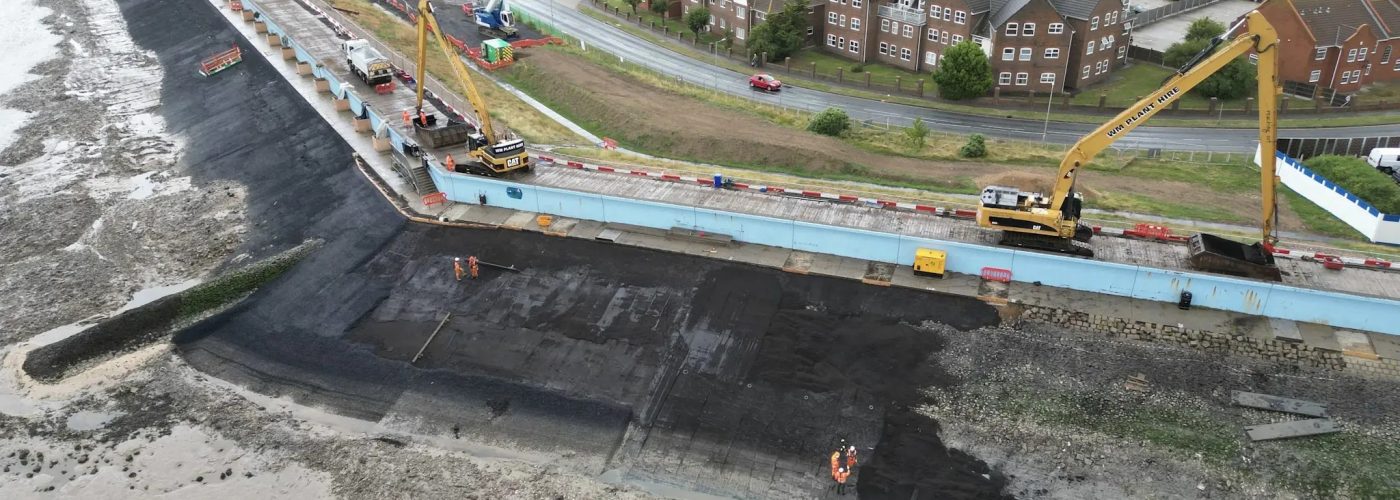How digital data management transformed environmental performance on the Thames Estuary Asset Management 2100 framework
Balfour Beatty, the UK’s largest construction and infrastructure provider, has delivered exceptional environmental results on the Thames Estuary Asset Management 2100 (TEAM2100) framework, one of the nation’s most ambitious flood defence initiatives. As the UK faces escalating flood threats driven by climate change, the programme is critical to safeguarding London and surrounding communities from tidal flooding.
The project demanded strict compliance with some of the most rigorous environmental accountability standards issued by the Environment Agency. Far from a simple box-ticking exercise, every tonne of waste, material delivery, and sourcing decision had to be logged, audited, and proven to meet stringent environmental commitments.
Data as a key infrastructure
To manage this complex data challenge, Balfour Beatty partnered with Qflow, a leading digital construction data specialist. Harnessing Qflow’s advanced data capture and analysis platform, the team automated environmental reporting processes which historically required extensive manual effort.
This digital innovation enabled real-time tracking of waste, sourcing compliance, and transport emissions, freeing sustainability and site teams to prioritise responsible building practices over paperwork.
Exceeding expectations
The results exceeded expectations. Balfour Beatty achieved 99.6% waste diversion from landfill, surpassing the initially ambitious 96% target. Responsible sourcing compliance reached an exceptional 99.1% far beyond the original 20-30% benchmark generally seen across the industry. This data-driven approach translated into sharper, more strategic, client conversations grounded in live insights rather than lagging reports.
Leo Connolly, Sustainability Manager at Balfour Beatty, reflected on the transformation: “The biggest support that Qflow offered was time-saving. Automation of the system provided workable, confident data for us to discuss with the client without needing to spend days going through documents.”
The TEAM2100 project’s success coincides with urgent warnings from the Met Office and Environment Agency about the increasing frequency and severity of tidal flooding linked to climate change. The UK government’s long-term infrastructure strategy continues to emphasise resilience and sustainability, underscoring the relevance of this achievement.
A blueprint for success
Following the success of TEAM2100, Balfour Beatty is extending the use of Qflow’s digital data platform to other landmark projects, including the Wallend Substation. This collaborative model highlights how construction expertise combined with technological innovation offers a blueprint for meeting escalating environmental and regulatory demands.
As climate change accelerates the need for resilient infrastructure, Balfour Beatty’s accomplishment on the Thames Estuary flood defence framework highlights the vital role of digital transformation in creating a more sustainable built environment.
Building, Design & Construction Magazine | The Choice of Industry Professionals





